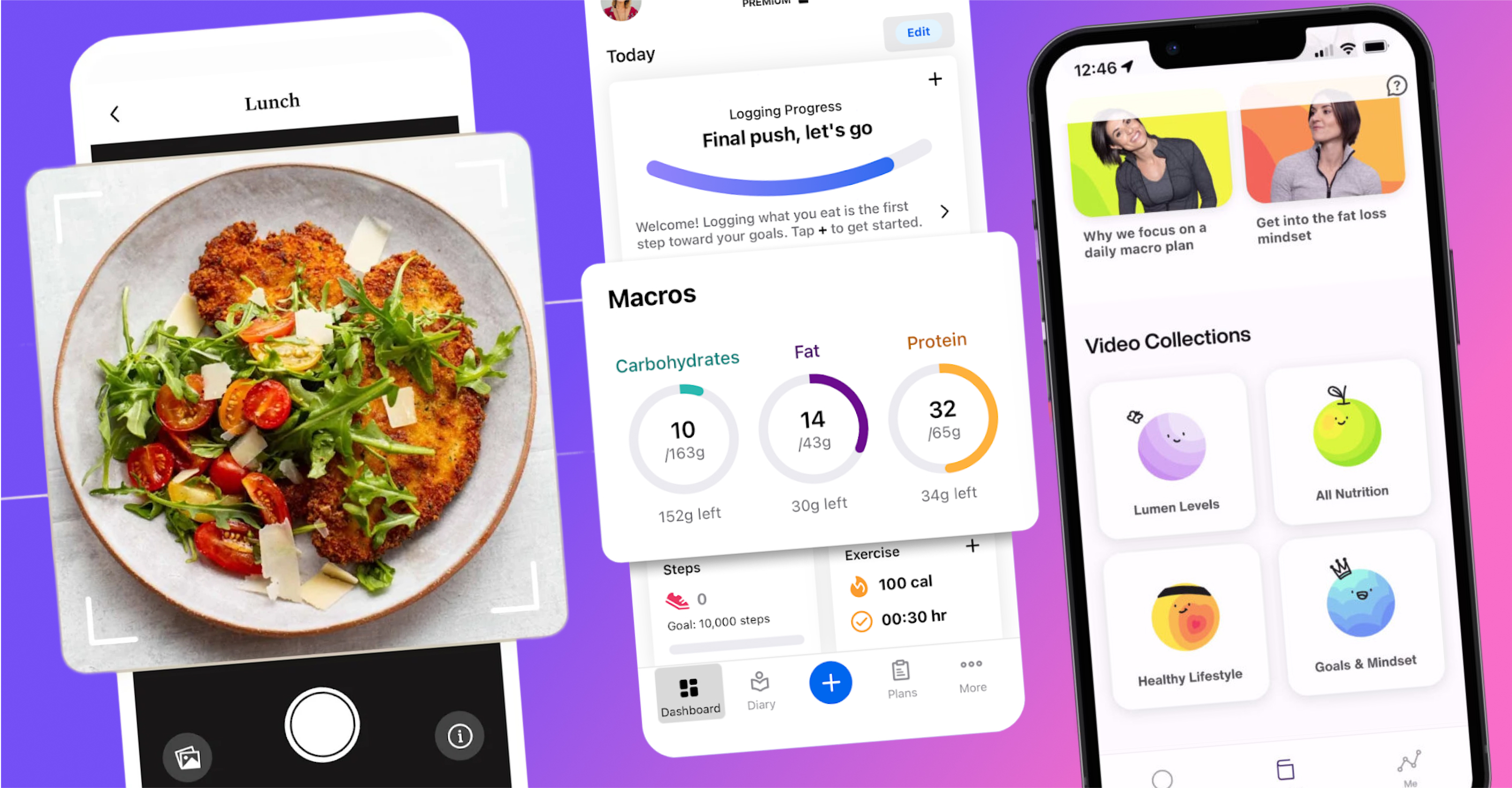
The demand for personalized wellness has never been higher. As health-conscious consumers turn to technology for food and fitness guidance, AI tools have quickly stepped into the spotlight. For food brands, platforms, and creators, now is the moment to align with this shift.
The global personalized nutrition market is projected to surpass $38 billion by 2030, driven by growth in fitness tech, wearable devices, and smart meal planning platforms, according to a report by Precedence Research.
Whether you’re building a nutrition app or integrating AI into recipe recommendations, smart food tracking is now a competitive edge. Learn how brands are already optimizing their meal recommendations with our insights on healthy eating habits.
AI food trackers go beyond calorie counting. They combine data from multiple sources, ingredient databases, user preferences, biometrics, even barcode scans, to create real-time, adaptive diet recommendations.
These systems power:
This enables platforms to deliver the right meals to the right users, with minimal friction.
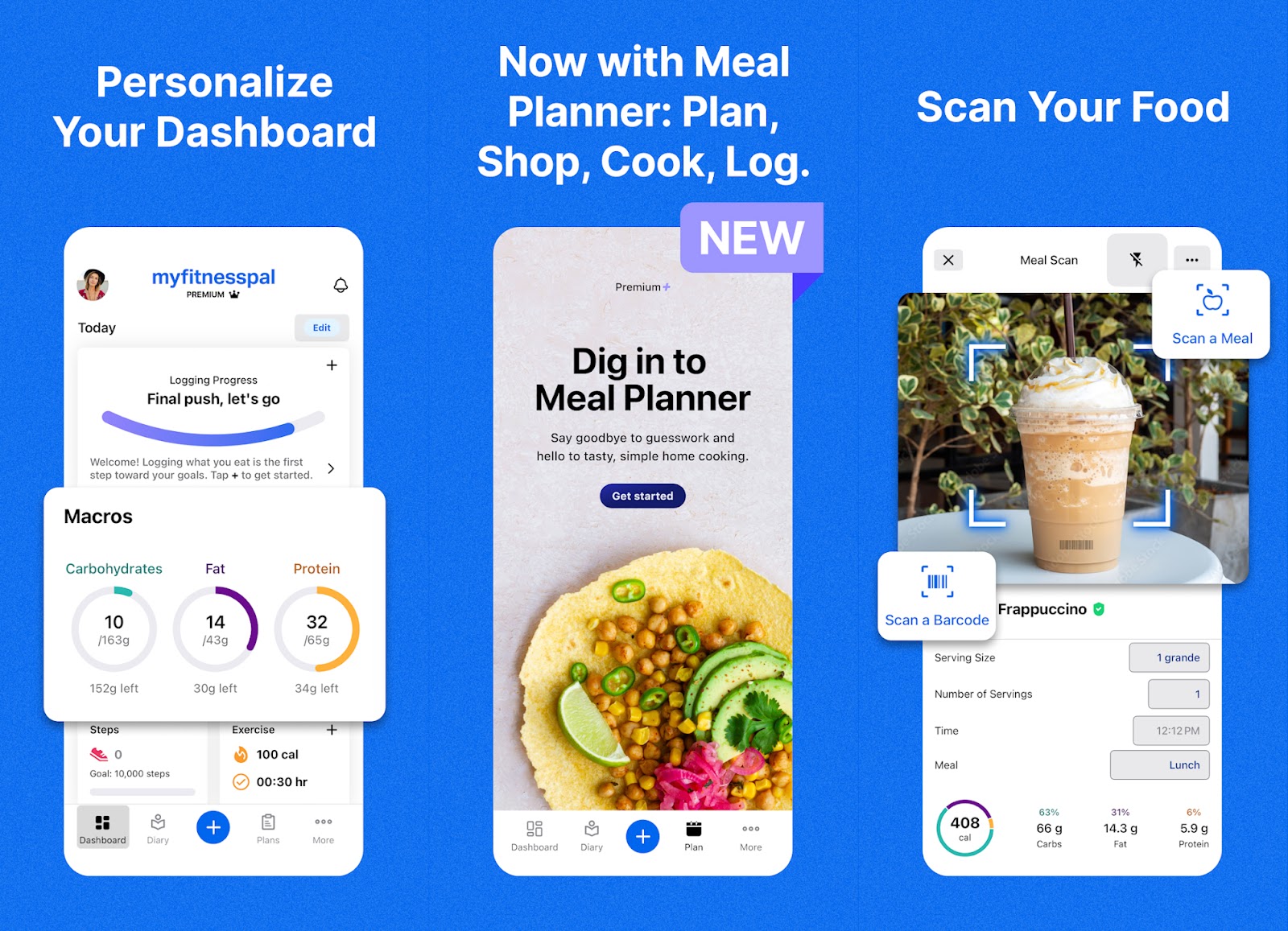
One of the most popular wellness apps globally, MyFitnessPal now uses optical character recognition (OCR) to log packaged foods and meals more accurately. Combined with its nutrition database, it enables smarter logging and goal tracking.

Apps like Noom and Lumen use AI to guide users based on behavior patterns. Lumen, for example, customizes daily macro recommendations based on breath analysis data and real-time metabolism signals.
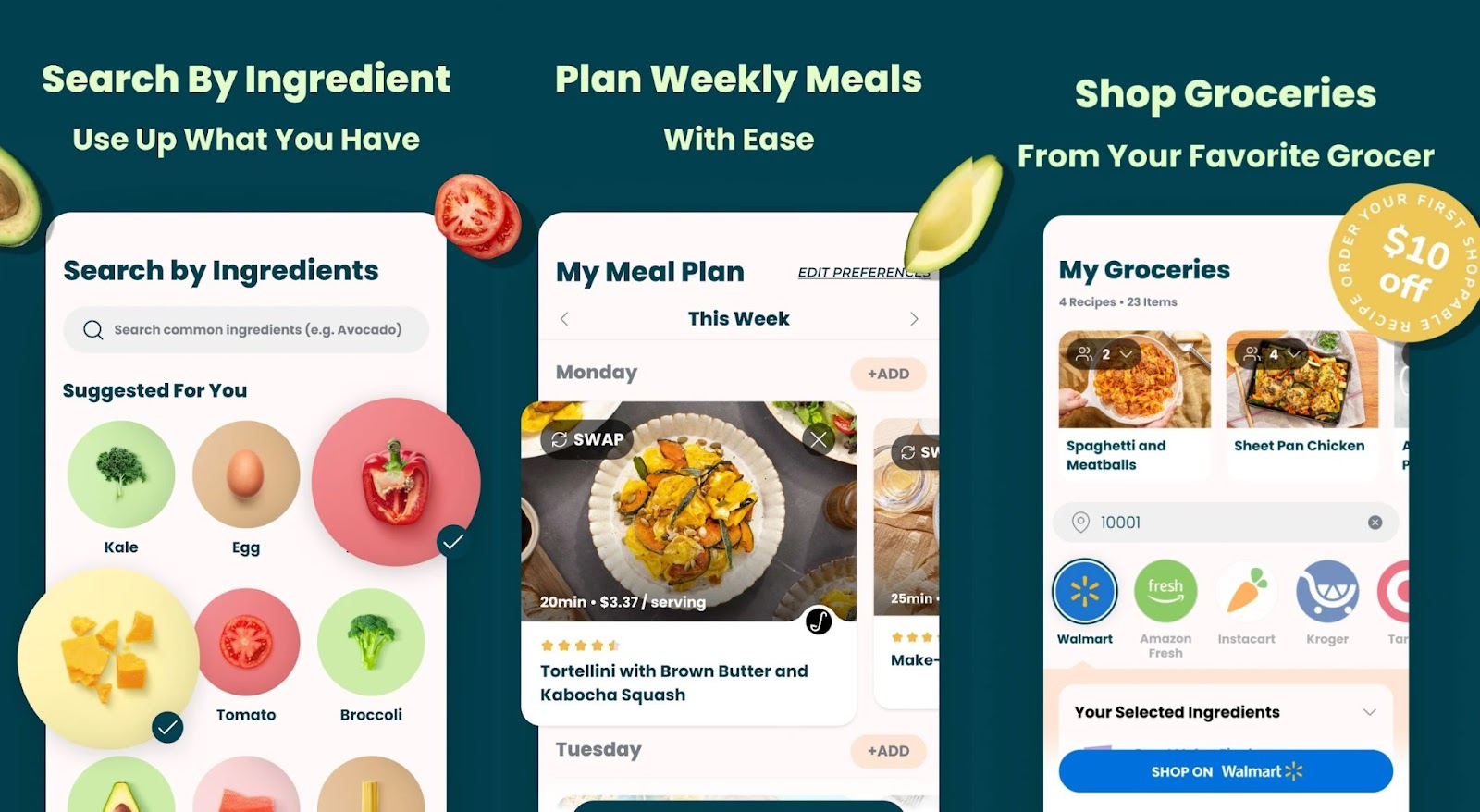
SideChef’s AI-powered healthy meal planning tools are a key part of its broader home cooking platform, designed to help everyday cooks plan, shop, and prepare meals with ease. Rather than focusing solely on nutritional planning, SideChef’s mission is to build flexible, general-purpose food technology that serves a wide range of users. This foundation also supports a white-label platform solution for B2B partners.
Through integration with Edamam’s nutrition API, SideChef enables personalized recipe recommendations tailored to individual dietary goals, preferences, and restrictions. This positions the platform to compete with more specialized nutritional planning tools, while offering added value through features like context-aware recommendations, synced grocery lists, and seamless user input management.
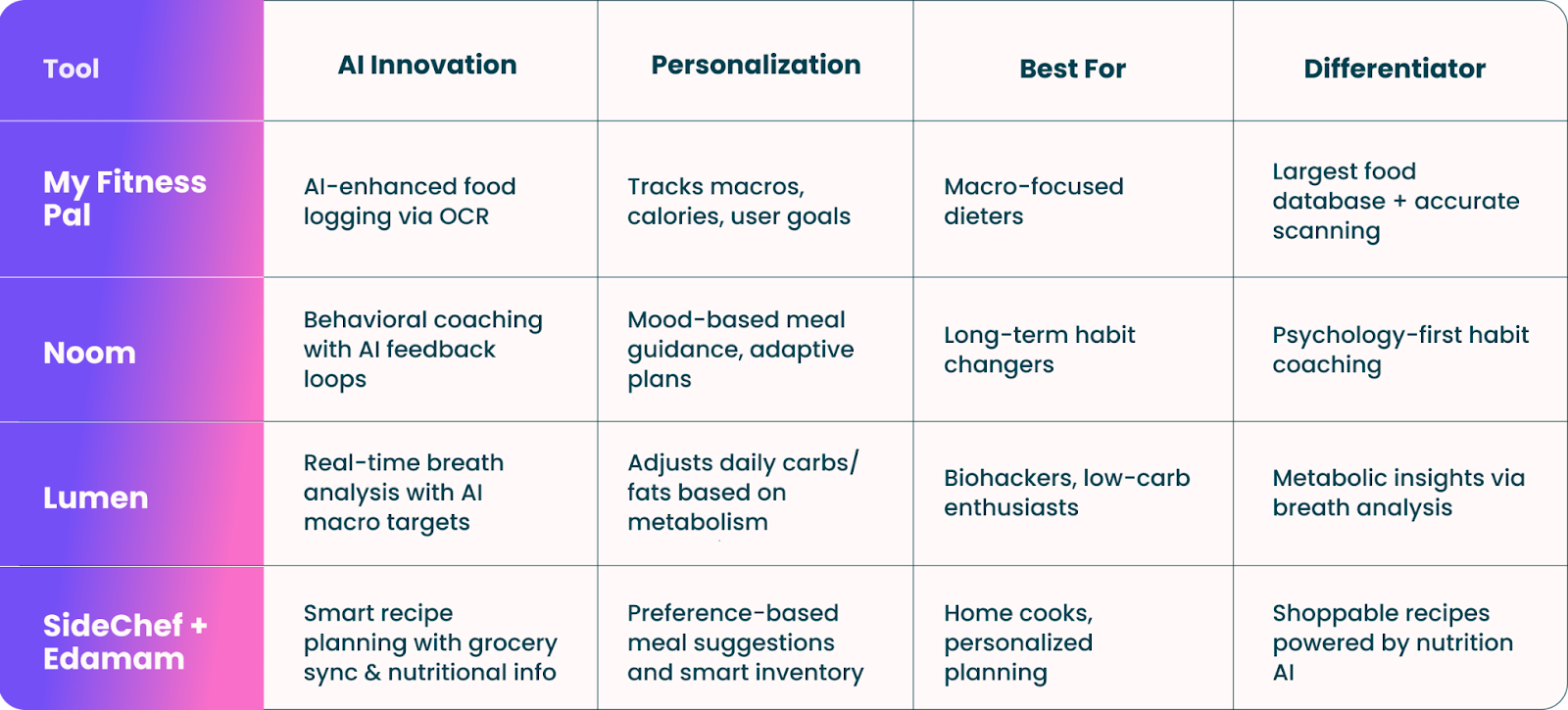
Modern AI food trackers can calculate and adjust caloric intake and macronutrient distribution in real time. This allows for flexible dieting strategies like carb cycling or adaptive calorie targets.
According to the American Medical Association’s 2022 survey on digital health, 60% of physicians reported recommending mobile health apps for diet and nutrition tracking to their patients—up from just 27% in 2016. This growth underscores the increasing legitimacy and adoption of AI-powered tools in both consumer and clinical settings, as detailed in the AMA Digital Health Research report.
From keto to Mediterranean, users can set dietary preferences or restrictions and receive daily meal suggestions tailored to their goals. AI systems take into account not just the user's stated preferences, but also evolving patterns in their behavior—such as which meals they rate highly, which ones they skip, and what ingredients are left over. Over time, this continuous feedback loop allows the system to refine its recommendations, offering meals that better fit each user’s taste, nutritional goals, and cooking habits.
AI can connect meal plans with pantry inventory and shopping behaviors to deliver smarter, more efficient cooking experiences. For example, if a user has leftover chicken and bell peppers, the system can recognize those ingredients, suggest relevant recipes, and auto-generate a grocery list that includes only the missing items. This reduces unnecessary purchases, supports food waste reduction, and makes meal prep more intuitive by aligning suggestions with what users already have on hand.
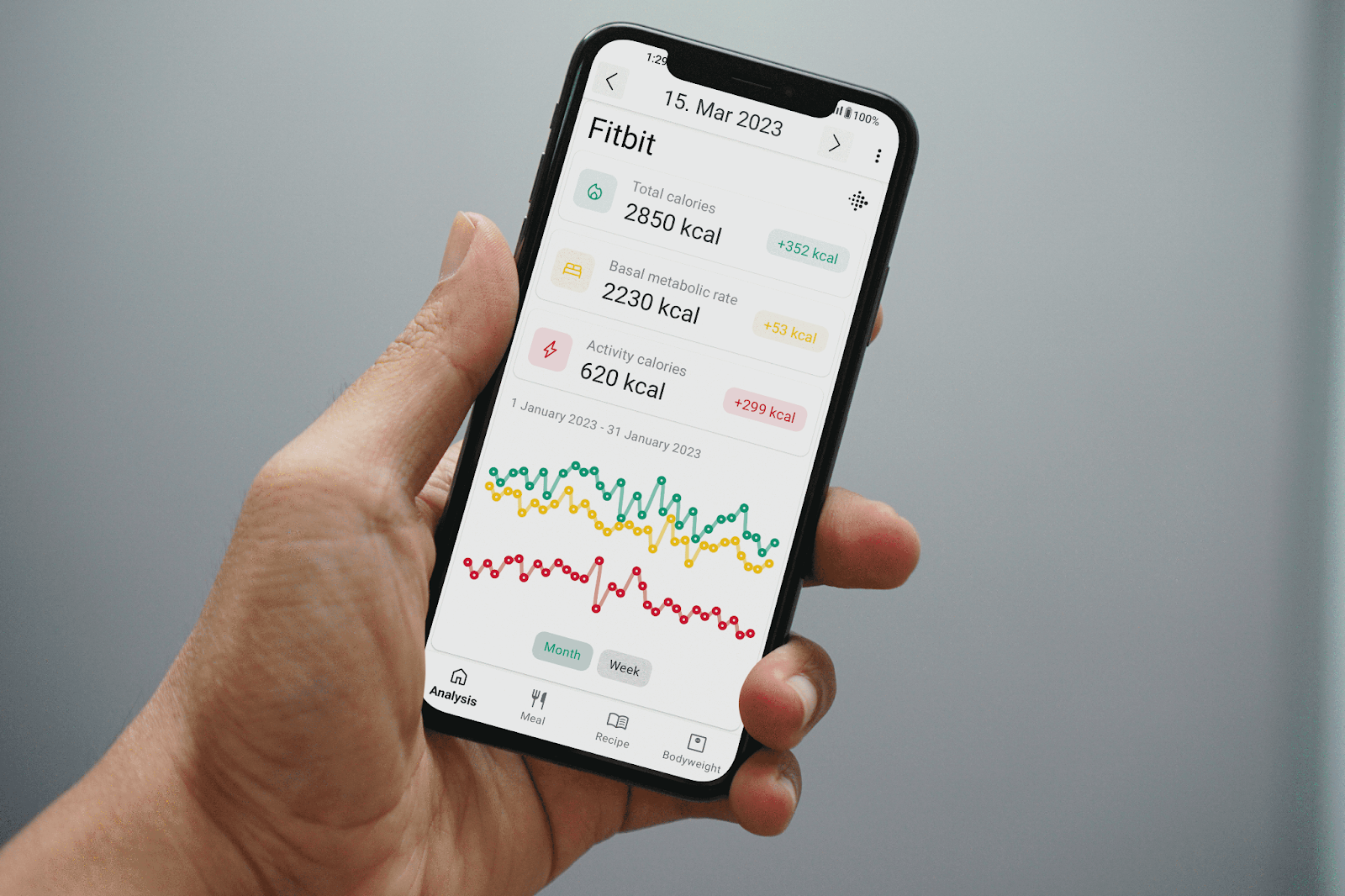
Fitbit, in collaboration with Google, has expanded its digital health capabilities to better support personalized wellness. The initiative focuses on integrating AI with wearable data to deliver proactive health recommendations, including tailored nutrition insights and lifestyle coaching, as outlined in an article by MD Connect.
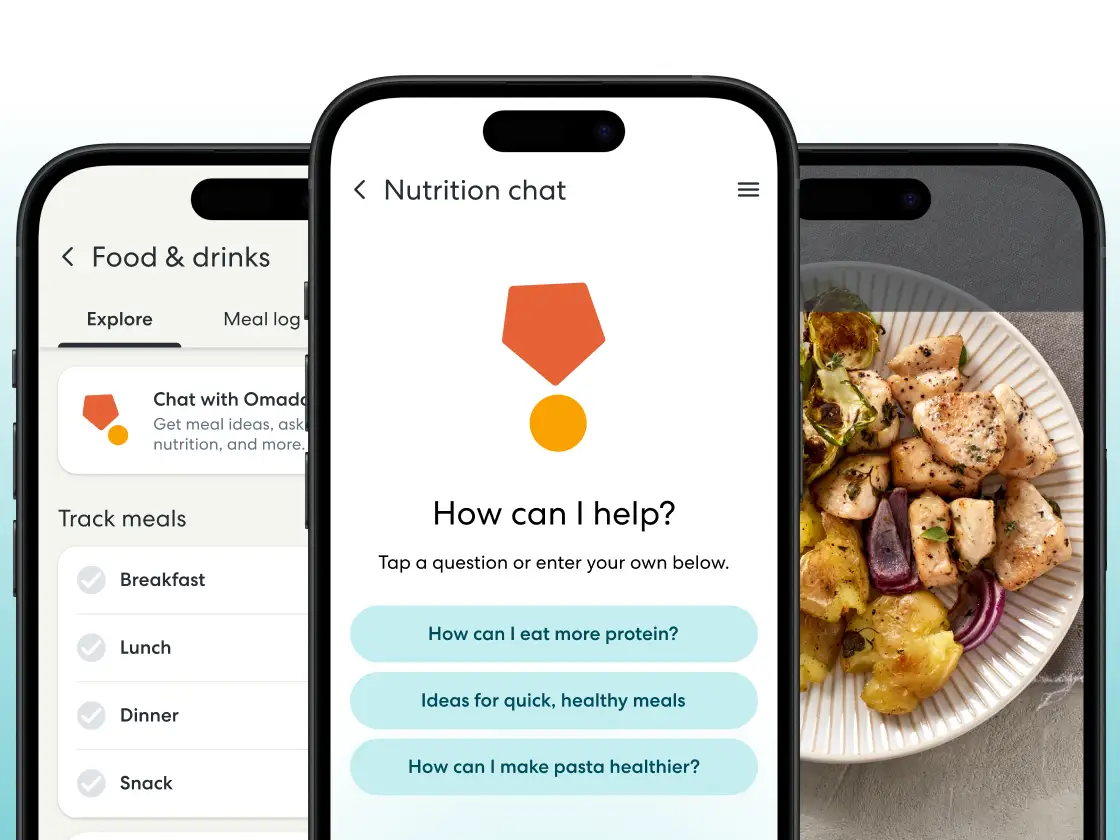
Omada Health, a leader in digital chronic care, recently launched an AI-powered nutrition agent called OmadaSpark. This feature delivers personalized meal education, food logging, and behavioral coaching to support individuals managing conditions like diabetes, hypertension, and obesity. The platform’s AI-driven "food hub" allows users to log meals via barcode or photo and receive tailored recommendations based on their dietary goals. This innovation marks a step toward scalable, real-time nutrition personalization through AI, according to Business Insider.
Platforms that offer personalized nutrition planning see longer user sessions and higher return rates. MyFitnessPal’s premium users, for example, engage with the app 2.6x more frequently than free-tier users, according to data from Under Armour.
AI-backed nutrition tools unlock subscription potential. Premium meal plans, smart grocery integration, and real-time coaching are just a few examples of upsell features.
Consumers increasingly expect health tech to work seamlessly. Offering intelligent food tracking features positions your brand as forward-thinking and wellness-first.
AI is revolutionizing how people eat, not just what they eat. For a broader look at how AI is shaping food innovation, explore SideChef’s AI Recipe Innovations, which covers tools, strategies, and real-world use cases across the industry. Explore how recipe platforms by SideChef enable personalized nutrition across user journeys, or dive into existing AI-powered home cooking experiences.
With tools that adapt to user input, learn preferences, and align with goals, AI food trackers are laying the groundwork for the next generation of health and wellness platforms.
Want to build smarter food experiences with AI? Partner with SideChef to power meal planning, grocery sync, and personalized nutrition at scale.

